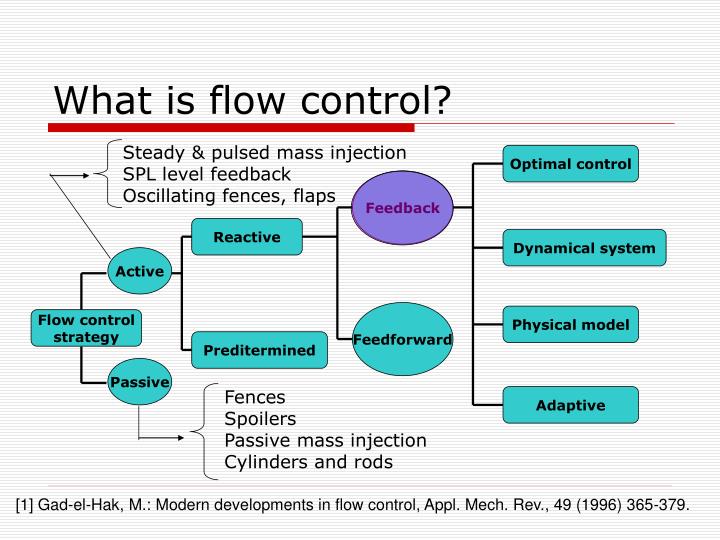Typically, once a fan system is designed and installed, the fan operates at a constant speed.
There are also instances when the fan is over size land flow reduction is required.
Various ways to achieve change in flow are pulley change, damper control, inlet guide vane control, variable speed drive and series and parallel operation of fans.
(1)Pulley change :
When a fan volume change is required on a permanent basis, and the existing fan can handle the change in capacity, the volume change can be achieved with a speed change.
The simplest way to change the speed is with a pulley change. For this, the fan must be driven by a motor through a v-belt system.
(2)Damper controls :
Dampers can be located at inlet or outlet of fan
They provide a means of changing air volume by adding or removing system resistance.
This resistance forces the fan to move up or down along its characteristic curve, generating more or less air without changing fan speed
(3)Inlet guide vanes:
Inlet guide vanes are another mechanism that can be used to meet variable air demand.
Guide vanes are curved sections that lay against the inlet of the fan when they are open.
When they are closed, they extend out into the air stream.
As they are closed, guide vanes pre-swirl the air entering the fan housing. This changes the angle at which the air is presented to the fan blades, which, in turn, changes the characteristics of the fan curve.
Axial-flow fans can be equipped with variable pitch blades, which can be hydraulically or pneumatically controlled to change blade pitch, while the fan is at stationary.
(4) Variable speed drives :
Variable speed control may not be economical for systems, which have in frequent flow variations.
When considering variable speed drive, the efficiency of the control system (fluid coupling, eddy current, VFD, etc.) should be accounted for, in the analysis of power consumption.
(5)Series and parallel operation :
Fans in parallel can be additionally equipped with dampers, variable inlet vanes, variable-pitch blades, or speed control to provide a high degree of flexibility and reliability.
Combining for series or parallel can achieve the desired airflow without greatly increasing the system package size or fan diameter.
Parallel operation is defined as having two or more fans blowing together side by side.
The performance of two fans in parallel will result in doubling the volume flow, but only at free delivery
Series operation can be defined as using multiple fans in a push-pull arrangement.
By staging two fans in series, the static pressure capability at a given airflow can be increased, but again, not to double at every flow point.




